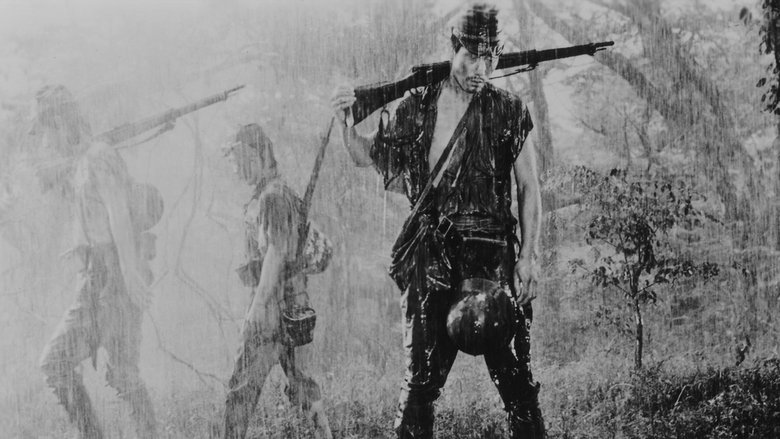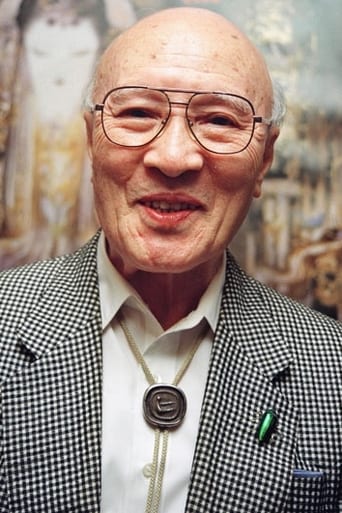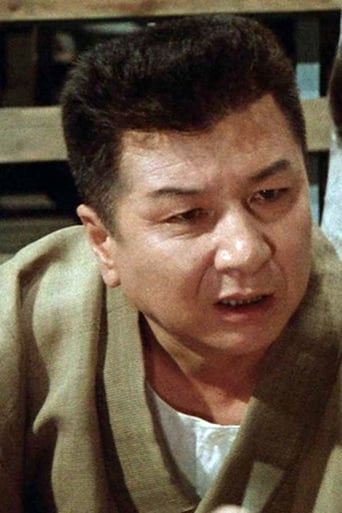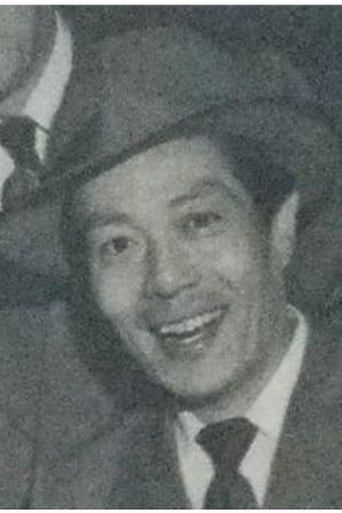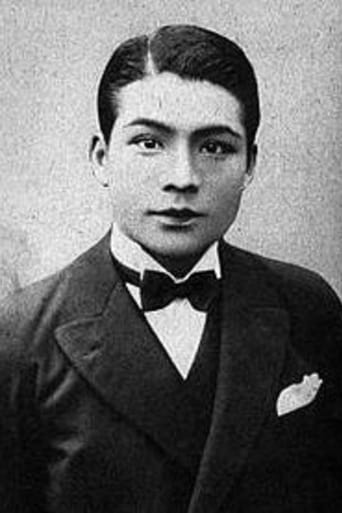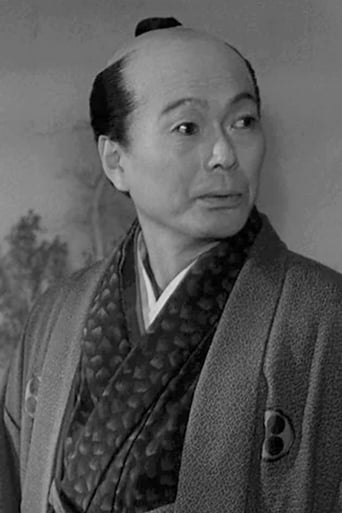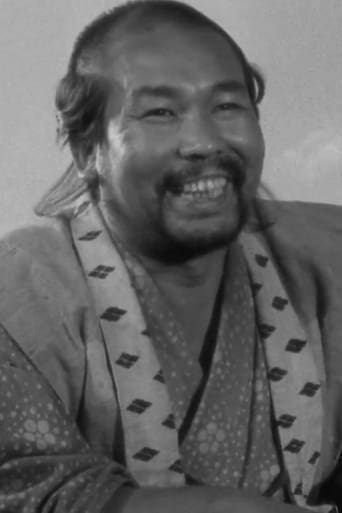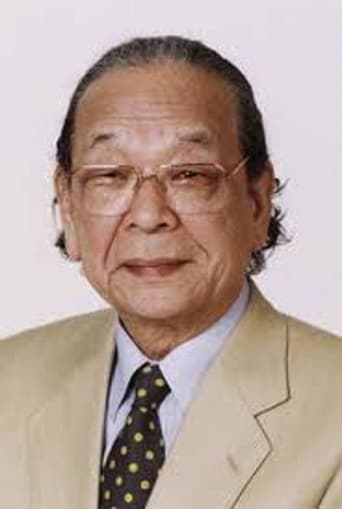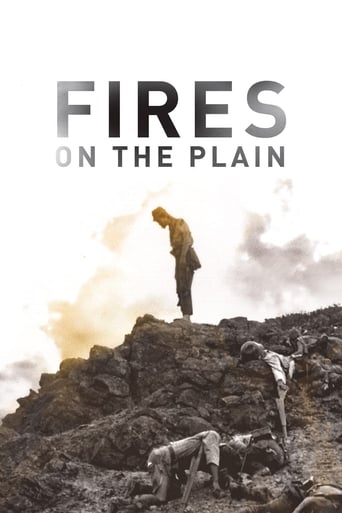
In the closing days of WWII, a Japanese soldier afflicted with tuberculosis is abandoned by his company and left to wander the Philippine island of Leyte.
Similar titles
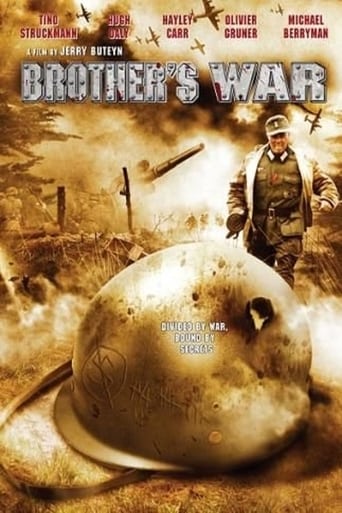

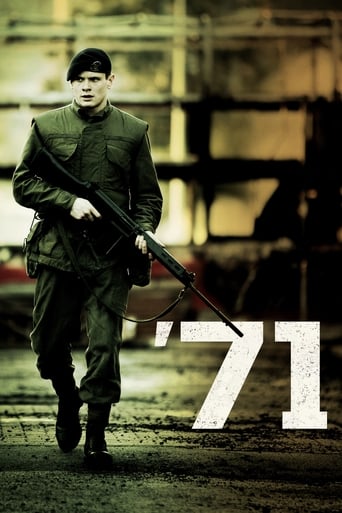
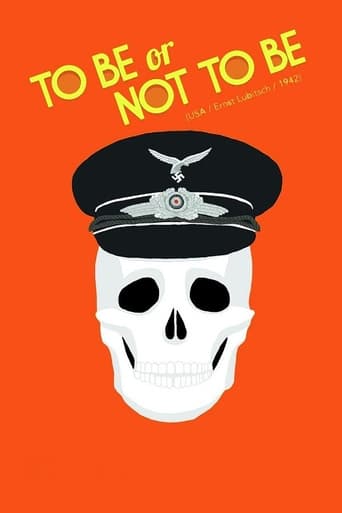
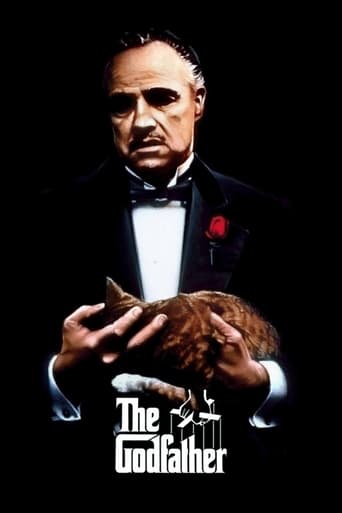
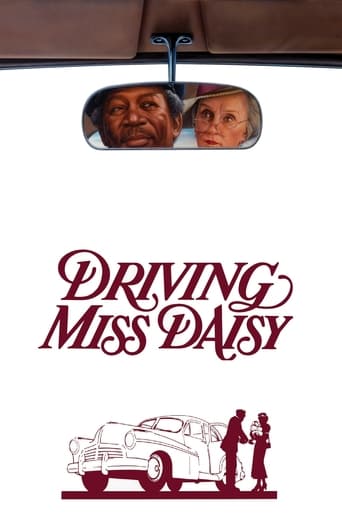
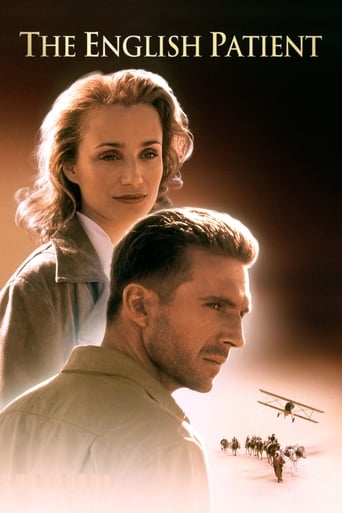


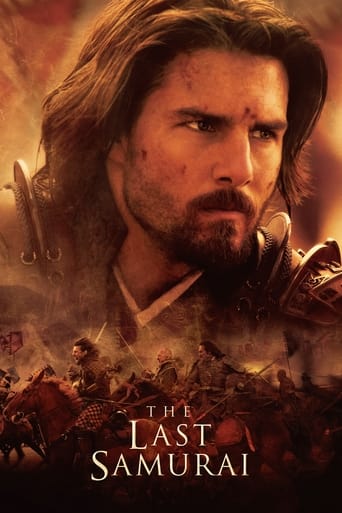
You May Also Like
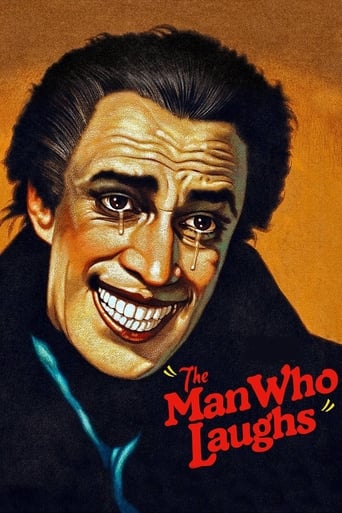
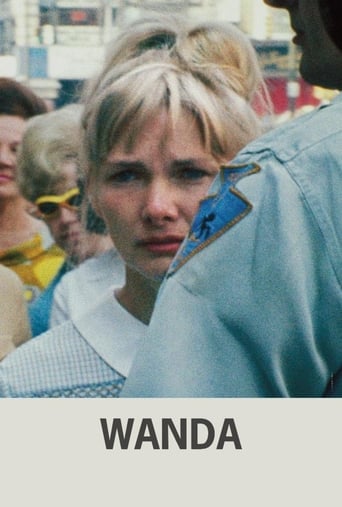
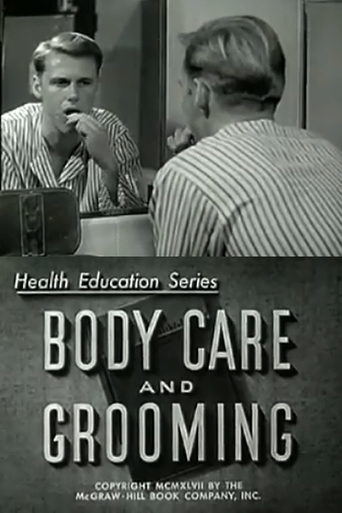
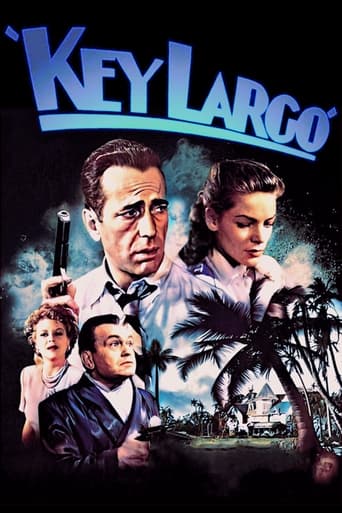
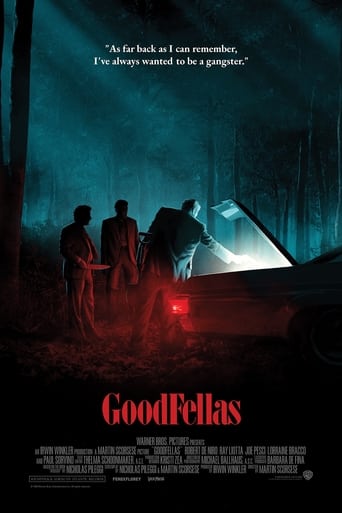
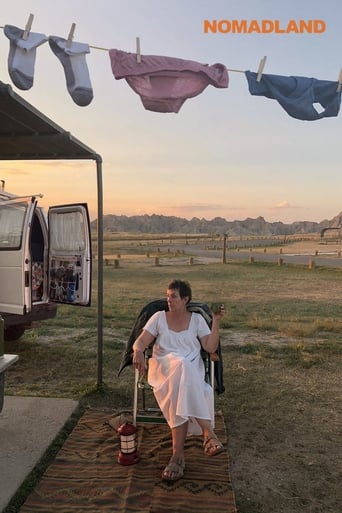
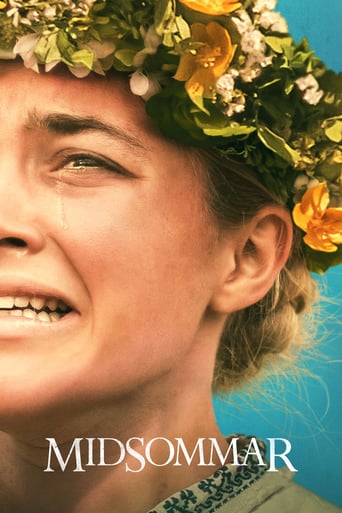

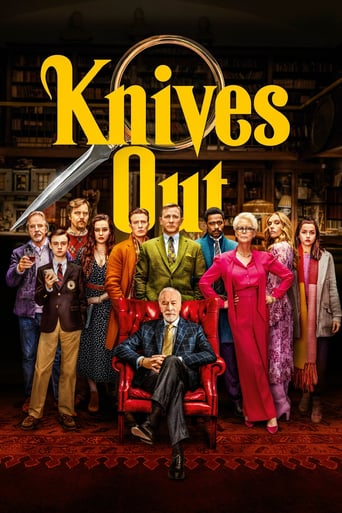
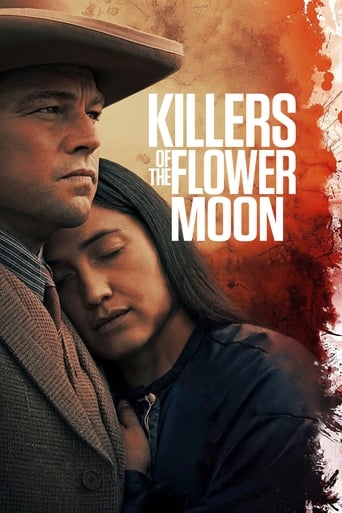
Reviews
Waste of time
Admirable film.
In truth, there is barely enough story here to make a film.
It's entirely possible that sending the audience out feeling lousy was intentional
Kon Ichikawa had lived through world war two, and saw what its effects it had on his people in Japan. But so did novelist Shohei Ooka, whose book was the inspiration for Ichikawa's film, Fires on the Plain. It's a film about the men in this war, or perhaps more universally in wars in general, who lose their humanity. The soldiers trudging along through these fields and jungles of the Philippenes in this story are almost completely without hope, if not already just that. It makes Stone's Platoon look like a picnic: at least they had certain things, like food, after all.They have little to no reserves or supplies or ammunition, no back-up, no sense of anything going their way in this combat that they've been thrust into. They can't even get some proper hospital care, unless if they can no longer walk at all or have lost limbs (for example, say, if you have TB, you're on your way). But its really through the prism of one soldier, a private Tamura, that we get a full sense of the futility of war, both in its bleak scenes of nothingness and boredom and decay, and those flashes of intense and brutal violence.In the film Tamura just wants to get some medical care. This is right at the start, and his told by his superior officer- already he is with eyes that stare off and an expression that has been drained by years of battle- that he will die if he doesn't find a hospital. He doesn't, really, but does end up in with some soldiers: at first with a platoon that seems to sort of have their act together, but is really led on by a power-hungry brute who just wants Tamura's stash of salt, and then later with two other stray soldiers who are part of a group that had previously been ambushed while crossing a road at night.The story isn't entirely a straight line, but it doesn't need to be. Tamura's path in Fires on the Plain is told in vignettes, little stories like when he comes upon a seemingly deserted enemy village. Two of the populous comes back to get some supplies, and Tamura sneaks up on them. It's an excruciating scene, since so far with Tamura we haven't seen him do anything outright *wrong*, but he does so in this scene, not even so much out of evil but out of fear and desperation (this is also, without spoiling it, how he gets a stash of salt). Little scenes build up so brilliantly and with devastation, like a simple task of finding a pair of walkable shoes, which there seem to be none. Or when Tamura, later in the film, discovers his teeth are becoming torn apart and falling out from lack of total hygiene. So much for food, so it goes.It should also be mentioned that this is a hauntingly realized film from Ichikawa, shot in a stark black and white view of the fields and woods, the cinematography filling everything we see in black-blacks and white-hot white. Ichikawa also makes sure to get everything authentic from his actors, not simply emotionally but with their own emaciated look and looks of desperation right on them. It's as if Ichikawa has to have them all surviving the film as well as characters surviving out in the wild; by wild, by the way, I mean also cannibalism. The shock of this is two-fold; first is the way that a soldier says half-jokingly early on about eating other soldiers to Tamaura, who asks if it was true and only in response getting a "don't ask" word of caution, and the second with the depiction of cannibalism itself, from the crazy starving man on the hill who pulls out guts out of his lap and says with a straight face to our hero that "You can eat me when I die." This makes thing especially more brutal when it comes to the director filming the brief 'action' scenes. These are, I would argue, more brutal than 'Private Ryan' in their depictions of violence in battle, the carnage that is completely random. A scene I would point to, and that contains just a shot that is excruciating to watch, is when from a high angle we see a group of about twenty soldiers walking slowly along, a hail of gunfire comes that kills only four or five, but it just happens so fast, and the soldiers just keep walking along at the same crawl. This isn't the only shot of horrible carnage that's shown - when needing to be bloody its there, but splashed across the screen like something completely of the macabre - but it drives the point completely.All of the acting is staggering (Funakoshi especially, who looks to be both most at peace and most horrified by what he sees in the subtlest of looks most of the time), all of the major set-pieces provide something else to the gruesome experience, and it all amounts to the ultimate question with an anti-war film: how can, or why, do people fight in wars like these? It's almost too depressing to put into words, and so Ichikawa pushes our noses right up into the muck and filth and blood and demands for us to take it in, so maybe, some day, it will never happen again. Or one can hope this, by the end of such a bleak and great film as this.
Yet again, I appear to be the only person on planet Earth who is capable of criticizing Japanese films made before 1970. "Fires on the Plain" (1959) is another in the seemingly endless line of "classics" that get all sorts of praise for no apparently good reason. As much as I love to overgeneralize and psychoanalyze all of these moviegoers who have such horrible taste in film, it's still nearly impossible to rationalize why anyone would ever think that poorly made fluff like this should be proclaimed as some sort of "masterpiece." What I find truly ironic is that fans of derivative "classics" like "Fires on the Plain" focus so much on "inside the box" movie-making (orthodox grading standards like scriptwriting, acting, camera-work, etc.) yet it always seems like the most highly revered "classics" are most deficient in these very standards. For example, one of the laziest copouts for a filmmaker involves forced verbal exposition where characters basically explain everything for the viewer even when the constructed scenario is totally artificial. Most surprisingly, the very first scene in "Fires on the Plain" uses this indolent tactic to the extreme.After a funny head slap, the following useless dialogue assaults the viewer, "Why can't you grasp the situation? We landed to the west under heavy fire to reinforce units at Tacloban. We lost two-thirds of our men. Our artillery was sunk in transit. We tried to reach Burauen airfield by crossing the central mountains but without artillery it was impossible. The enemy's counterattack forced a fanout across the valley. You know that." So why, exactly, is one character telling another character something he already knows? Oh yeah, that's right, the makers of this film are too lazy to think of more natural ways to communicate this information. You see, a quality film would actually show these events happening, or at worst it would involve dialogue involving one character who has no knowledge of those events. Heck, even an opening summary in paragraph form directed at the viewer would have been better than what transpired here.Such instances of poor quality movie-making are littered throughout "Fires on the Plain" to the point where this film feels like it was written by imbeciles for imbeciles. For example, the lead character stumbles upon some skeletons wrapped in Japanese garb. Instead of doing the natural thing like – oh I don't know – giving a depressed mannerism, the character blurts out "Japanese soldiers." Thanks buddy, but I could have figured that one out for myself.Even worse, this movie is saturated with over-dramatic ploys. The most ridiculous scene involves a pair of boots. Picture this. A soldier walks along and finds a pair of worn out boots. One would think that such a find is utterly useless, but it turns out that the soldier's boots are in even worse condition, so he picks up the worn boots and leaves his SUPER worn boots behind. Fine, I get the point. The soldiers are in rough shape – a fact that is already clearly emphasized with their worn boots to begin with. The scene is ridiculous, but I was ready to let it go, until the SECOND soldier arrives! You see, he finds the previous soldier's SUPER worn boots and notices – get ready, cause here it comes – that his boots are SUPER DUPER worn boots! Lucky man, he picks up the SUPER worn boots and leaves his SUPER DUPER worn boots behind. But you see, that's not all – because the THIRD soldier then arrives! He finds the previous soldiers SUPER DUPER worn boots and inspects them, along with his own SUPER DUPER worn boots. Since both pairs suck, he tosses them both aside and smiles as he continues barefoot. At this point I was ready to throw my television through my living room window. The heavy handedness, overdramaticism, and paramount absurdity of this sequence is beyond bad film-making. It's SUPER DUPER bad film-making.There are a number of similar, completely stupid moments to be had. Like the time when the lead character asks someone, "Hey, are you dead?" Like the guy is going to answer "Yes" if he actually kicked the bucket. I'll also be the first to condemn the subpar performance of the lead actor, who is the quintessential posterchild for artificial reaction. I laughed hard during that opening head slap where his head slingshot back in place with this stupid, goofy expression on his face.The fact that this trivial fluff piece gets an IMDb average rating of 8.4 while a certifiable masterpiece like "A Tale of Two Sisters" (2003) only gets a 7.5 is the height of mass stupidity. And to think that some people actually delude themselves into thinking that "AToTS" doesn't make sense. Well, not every movie can have completely outrageous SUPER DUPER worn boots on its side.
A harrowing masterpiece on the sheer madness and despair of war, Fires on the Plain (Nobi) is not going to be to everybody's taste: this is a war movie in the truest possible sense of the term, one that resorts neither to flag-waving patriotism nor saccharine sentimentality. Nobi cuts deep, it's ugly, tenebrous and bleak as few things ever committed on celluloid will ever be. This is war behind the cannons, with no triumphs or heroes, no moral victories or defeats to be had, just a handful of gaunt and terrible-looking men strewn across a land ravaged by war like penitents fleeing a great disaster. The characters defy moral judgment because they are creatures beset by a great woe, a woe that does not permit questions of a moral nature. War and survival. Pitting one's will against the other's in a battlefield arena. The loser is simply removed from existence.Tamura, soldier in the Japanese Imperial army, is discharged from his platoon and ordered to report in a nearby hospital on account of him coughing blood and being disliked by the rest of the platoon. He's told to never come back and instead commit suicide by hand grenade in case the hospital rejects him. Which it does. The hospital is nothing but a shack made of wooden planks and the hospital surgeon simply tells him that if he's capable of walking he's just fine. It is in that shabby excuse of a hospital that one of the most harrowing scenes of the film takes place. As the area is carpet bombed by American planes the doctors and those who can walk and sustain themselves flee from the hospital and into the woods. Moments before the hospital is blown to pieces, the gaunt and crippled figures of the sick and injured crawl out of it in every manner of posture, dressed in their sickly white robes, as if the building is some kind of beast spewing viscera and filth out upon the earth.That is Nobi's greatest success; the stark and brooding depiction of the suffering of war in simple but evocative images, without melodrama or pseudo-heroism. Soldiers cross a marsh, wading knee-deep in mud, move across the opposite bank and into a field only to discover enemy tanks hiding in the woods, their lights shining like malignant eyes as they scan the dark. A procession of injured soldiers, dirty and half-mad, crossing a road, dropping to the ground on the sound of enemy planes. Buzzards feasting on a pile of dead bodies. An abandoned village. A mad soldier that believes himself to be Buddha sitting under a tree, covered with flies and his own excrement, offering his arm to be eaten by Tamura when he's dead. These are the images Kon Ichikawa conjures for our eyes, merciless and unflinching in their poignancy but honest and raw.Nobi doesn't rush to get somewhere. It is content to follow Tamura's travels through the war-torn land as he tries to reach the regrouping center of Palompa, and observe the madness and obscenities of war. The movie wades through the sludge of the horror of war, slow and brooding, just like the characters it follows. The final thirty minutes with Tamura taking refuge with two deserters who feed on 'monkey meat' are the closest Nobi comes to adhering to conventional narratives and they're no less powerful for that matter. Strikingly photographed in black and white, with great performances from the cast, and Ichikawa's assured direction, Nobi is not only among the best war movies to be made but also among the finest of Japanese cinema.
The main achievement of this film is that though racially unipolar, the film still manages to carve out a tableaux of war portrayals that leave a lasting identification with whoever may view it, and whoever was present at this time. Though good films may have the ability of universalizing their subjects, which is often a hard thing to do; great films have the ability of universalizing their unipolar subjects, which is what this film does.Instead of carving a context of unity, the film depicts the Japanese in the sick finality of the Phillipines war-front in February, 1945, making signs for pacifism or war, but rather making signs of the feelings, death, destruction, victory and sickness of war with the bloody hands of the defeated.Far different, and superior, to films such as Apocalypse Now and Full Metal Jacket, both which needed a satirical methodology of trivializing and depersonalizing the American troupes, and using all races as one struggle, which is fine, yet not as grand as a film that uses one race and view, which would look fascist if created in America, to convey the horror of war and show what it is really like.The only way the main character makes it through this movie to the end, is by being sick, thence inedible; hence through this character, through his sickness, his saving face, we see the end of WWII in the Phillipines in February of 1945, and the way in which the Americans, Japanese and Phillipinians came together in bloody acts of warfare where you live to die.The film is patently influenced by a neorealist way of filmic portrayal, which is original and beneficial to a viewer, whether then or now, for the neorealist techniques it employs conveys all the horrors of war in pictorial form, whether a showcase for pacifism or 'militaristic responsibility'. Like Germania Anno Zero, by Roberto Rossellini, a story emerges from the environment and the conditions associated with it.The film's opening, with the two-way discussion between the two Japanese soldiers, prefigures and reechoes the events. Through this opening we feel that the struggle is human against human, and human with human; it shows that they relied on each other to face the enemy in the past battles, but now, in this opening, or 'pivot' of the experiences of the Japanese in the Phillipines, new information is relayed to the main character Tamura, giving a presentiment of a cannibal reliance on one another if they wish to survive.The jungle is gritty, wet and thick, and the sky is not infrequently cloudy and pouring. We wade with the stragglers though puddles and marshes, as sick as the land around them. Nameless cadavers are strewn everywhere. Every now and then one can not tell if they are bodies, rocks or corn. Apparently there is no difference here, all is dead and sick. All is dying. All they have lest to feed upon are rare monkeys and dead bodies of fallen comrades and/or nameless enemies.Often Tamura meets a fallen other near death. Though crushed in spirit, and crushing his, some offer up their bodies for him to eat, but he refuses; he still, like Hiroshi Kawaguchi as Nishi in Giants and Toys, will not droop into the death of dignity and Japanese morals; for this is all he really has to hold up for his survival, a dignity of self. Hence, when Nagamatsu is dissecting a soldier for consumption, he shoots him because of it. Tamura may be used to the killing, but to the sickness of killing and pillaging he can't decipher. He is neither a good man or a bad man. He wishes to survive, but will not go the extra mile beyond simple straight-war-killing. His self belonged dead on the battlefield, he isn't happy here to wade and wipe the weak for his survival.The sickness he carrys he sees everywhere, in everyone; and sadly he lacks the ethical rationale of thinking either thinking entirely about others, since he can't give up his body for them since of his contagious malady, or thinking entirely about himself, since he sees the sickness in everyone, though still killing them even if they do no harm. Seen in his attack on the two Philippians's in the hut. He can't see anyone. No one can see anyone. The only see an aversion from malady and an adversion to health, the heart of survival instincts.Often, an arm appears pointing to the left of the screen, towards what must be hope, for there, in that far Thule lies their freedom. Yet it is blocked by American soldiers, leaving the Japanese stragglers to slowly die in this disconsolate dirt. Even a church tower appears, reflecting the light off an unseen sun. But on closer inspection crows flutter wildly about it; religion too is an air of poison.Nobi, the Japanese title of the film, gives more evidence to the themes, or feelings of the film: the servitude to fate, the heaviness of existence under leaders and lives controlled by others. Its proper Anglophone translation has a subject of heavy debate among historians, as non-Koreans translate it as "slave" and "slavery", while many Koreans argue that nobi was not a slave system, but a servant class system that does not meet the criteria for slavery. A way to typically to escape wrenching poverty. This improves upon the war theme, and symbolism of soldiery.Isn't it important at the time period to ask ourselves what the purpose is of what will become our won history? Should we be comfortable of letting it unroll without conscious effort for change? Is it not who we are fighting, that age old history question, but rather why are we fighting? Fires on the Plain is with Eiji Funakoshi, Osamu Takizawa, and Mickey Curtis; based on a novel by Shohei Ooka. In Japanese with subtitles.
Top Streaming Movies











